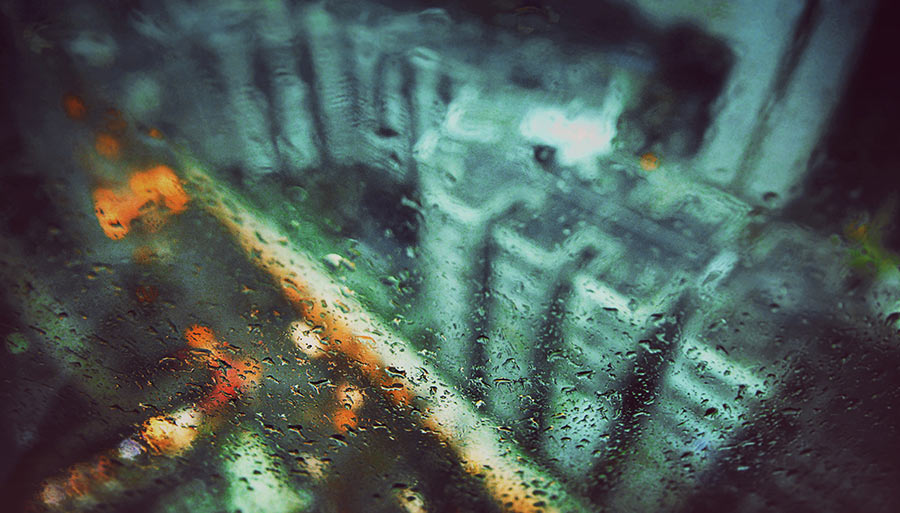
Many contractors are choosing spray-applied waterproofing that can help accelerate project schedules. Newer waterproofing solutions spray on in one coat and require no reinforcement. Instead of cutting and placing sheet membranes or cutting and embedding reinforcing fleeces into a liquid waterproofing membrane system, the installer sprays the waterproofing solution into the prepared and primed substrate. The liquid waterproofing cures to form one solid membrane. For larger projects, this can often cut days off the installation time.
In addition to time savings, there are several factors to evaluate when choosing a spray-applied liquid waterproofing product.
Durability
You’ll want a solution that has a combination of high tensile strength (the force required to break the specimen or cause complete separation of constituents in a linear direction), shore A hardness (a measure of the hardness of a given material or how resistant it will be to permanent indentation), and elongation (the distance the membrane will stretch from its original size to the point at which it breaks. Elongation is especially important when waterproofing areas like roofs, since the waterproofing membrane will expand and shrink as the temperature changes, and you need a solution that has good elongation so it won’t start to crack or tear.
Bonding ability
If you’re bonding to a substrate, you need to make sure that the product will bond tightly to the type of material you’re waterproofing. Fully bonded material keeps water from tracking beneath the membrane.
Curing time
The curing time of different liquid waterproofing membrane solutions varies a lot. The faster the curing time, the faster you can get the job done – and the faster it protects the surface from rain. Some spray-applied waterproofing solutions take just seconds to cure, while other hand applied liquid waterproofing systems can take up to 48 hours to cure, which is not ideal because they’re susceptible to rain during that time.
Contact a liquid waterproofing specialist today
Also, many spray-applied solutions require a primer, and you’ll want to know not just the cure time of the waterproofing membrane but of the primer itself. Some primers take just two to three hours to cure while others can take up to 16 hours.
Track record
Liquid waterproofing membrane solutions have been in use for years. Check that the manufacturer has a strong history with this type of product and if they are certified installers. Ask them for some case studies and talk with their references.
UV stability
With many sheet-applied and liquid-applied waterproofing products, the membrane can lose a certain degree of its physical properties when exposed to the sun, which may cause it to become brittle and crack. Some sheet-applied systems can withstand UV exposure, but they are typically black in color, causing them to absorb heat and make the roof very hot. This puts a strain on the waterproofing membrane and lowers the structure’s energy efficiency. Other solutions are UV stable but will lose their color when exposed to the sun.
Consider the desired aesthetics, heat attraction, as well as what roof activity you need to protect the membrane from. When evaluating waterproofing products, ask the manufacturer:
- Does the product need a top coat to protect it from the sun?
- If it needs to be covered, how quickly does this need to be done once the membrane is in place? (The longer the time you have to cover the membrane, the more flexibility you have on the job site.)
- What colors does the product come in?
- Will the product retain its color when exposed to the sun?
Tags
- Liquid Waterproofing
- SILCOR
- Waterproofing